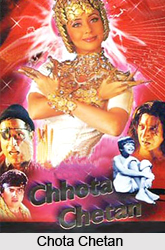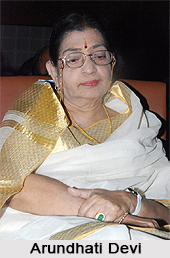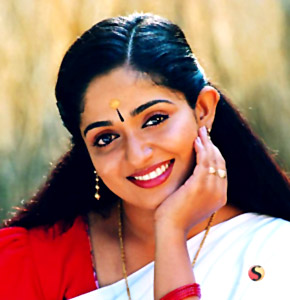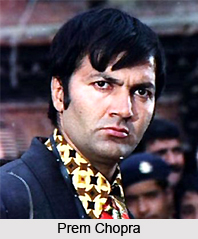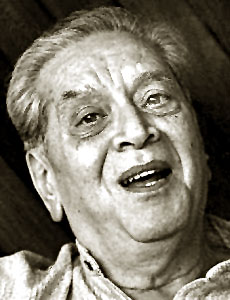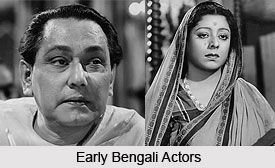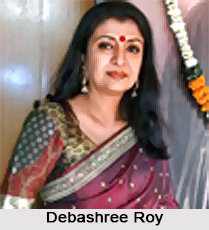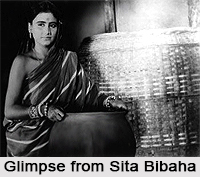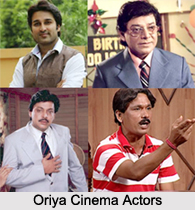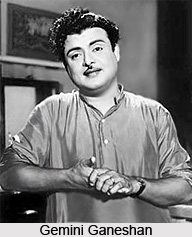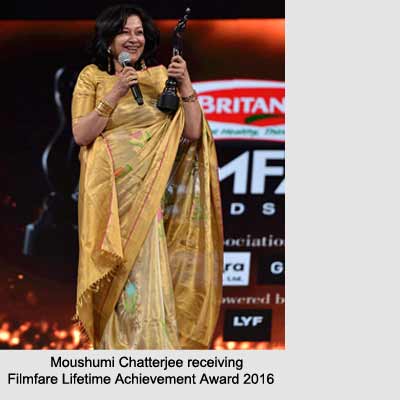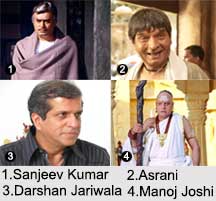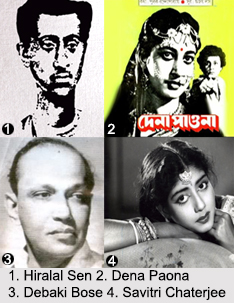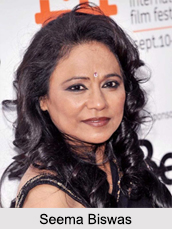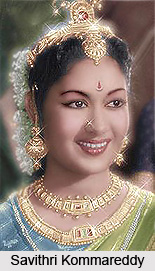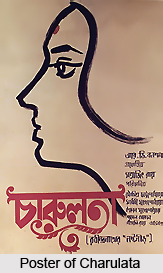 Charulata (1964) is a film by Satyajit Ray. It is based on `Nastanir` (The Broken Nest) written by Rabindranath Tagore. The film starred Madhabi Mukherjee in the title role. The star cast of Charulata also included Soumitra Chatterjee, Sailen Mukherjee, Syamal Ghosal and others. The screenplay and the music for the film were done by Ray himself.
Charulata (1964) is a film by Satyajit Ray. It is based on `Nastanir` (The Broken Nest) written by Rabindranath Tagore. The film starred Madhabi Mukherjee in the title role. The star cast of Charulata also included Soumitra Chatterjee, Sailen Mukherjee, Syamal Ghosal and others. The screenplay and the music for the film were done by Ray himself.
Charulata is set in the 19th century Bengal when Renaissance is at its zenith in the state. Charulata is an educated upper middle class lady who is a housewife. She is married to Bhupati who edits and publishes a political newspaper, The Sentinel. Her husband is also an intellectual who keeps a sharp eye on the contemporary social and political developments. But basically he is a gentleman who dotes on his wife. Charulata has nobody to spend her time, as her husband remains busy with the newspaper. To provide her with company Charulata`s elder brother Umapada and his wife Mandakini arrive at their household. However Mandakini is no match for the intelligent and the well read Charulata. Her childlessness adds on to her loneliness.
Along this time Bhupati`s cousin Amal (Soumitra Chaterjee) comes to their household to spend his holidays. Charulata finds a mental match in Amal. Charulata is drawn towards Amal and feels jealous when the family talks about his marriage. On Amal`s encouragement she publishes her own writing and surprises everyone. But the happiest person is her husband who feels very proud of her. In the meantime Umapada escapes with the funds from the office. Bhupati is hurt and heart broken at being cheated. Amal, too, feels guilty as he realises that he is also cheating his brother in some way. He decides to leave the household. On the other hand Charu and Bhupati go on a holiday. As they return a letter from Amal leads Charulata to an emotional breakdown. Bhupati is flabbergasted. The last scene shows the man and woman trying to reach out to each other. As they extend their hands to each other the scene is suspended. The relationship between Charulata and Bhupati will never be the same. The crack in their relation will be bridged but the scar will always remain.
Satyajit Ray himself once said, "Well, the one film that I would make the same way, if I had to do it again, is Charulata." It was his favourite film. The cinematic genius of the film also lies in the camera work. In the opening scene Charulata is seen moving from one window to the other while watching what is going on in the outside world. The binoculars bring the faraway world closer to her. The binocular is a recurring image in Charulata. She is also inquisitive about the outer world, she wants to know more. Without any dialogue Ray brilliantly portrays Charulata`s loneliness. Another brilliant shot is when Amal and Charulata are sitting in the garden. Charu swings and murmurs a Rabindrasangeet (Phoole Phoole Dhole Dhole) and looks at Amal. As she swings the camera too moves forth and back.
The characterisation has been brilliantly done by Satyajit Ray. The ways the myriad of emotions are shown in Charulata are marvelous. Also noticeable is the use of the songs by Tagore. They fit entirely the situations. Madhabi Mukherjee, Soumitra Chatterjee and Sailen Mukherjee deliver awe inspiring performances.
Charulata is, in fact, considered one of the masterpieces of Satyajit Ray.
Charulata bagged several awards:
• President`s Gold Medal, New Delhi, 1964
• Silver Bear for Best Direction, Berlin, 1965
• Catholic Award, Berlin, 1965
• Best Film, Acapulco, 1965
